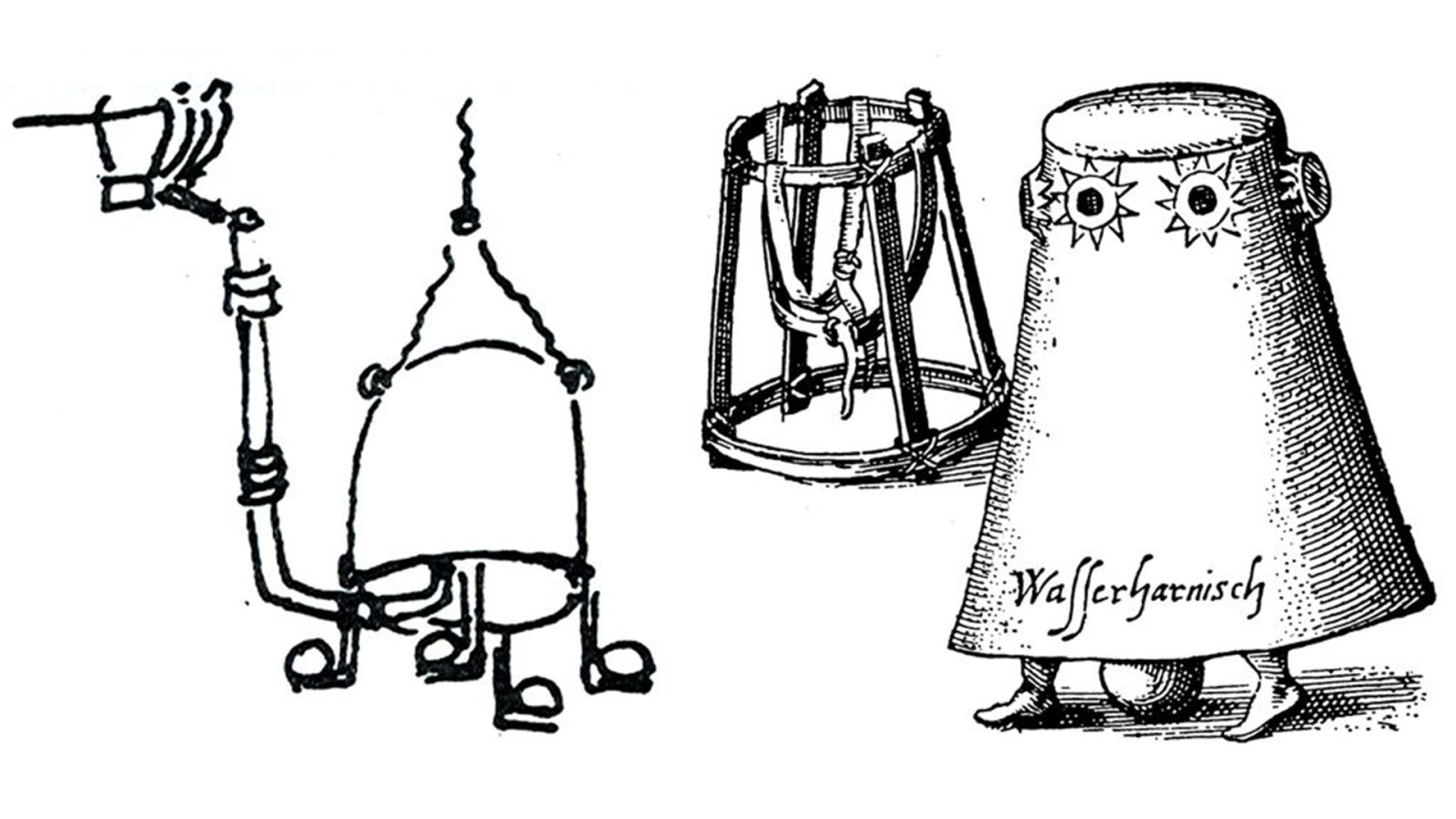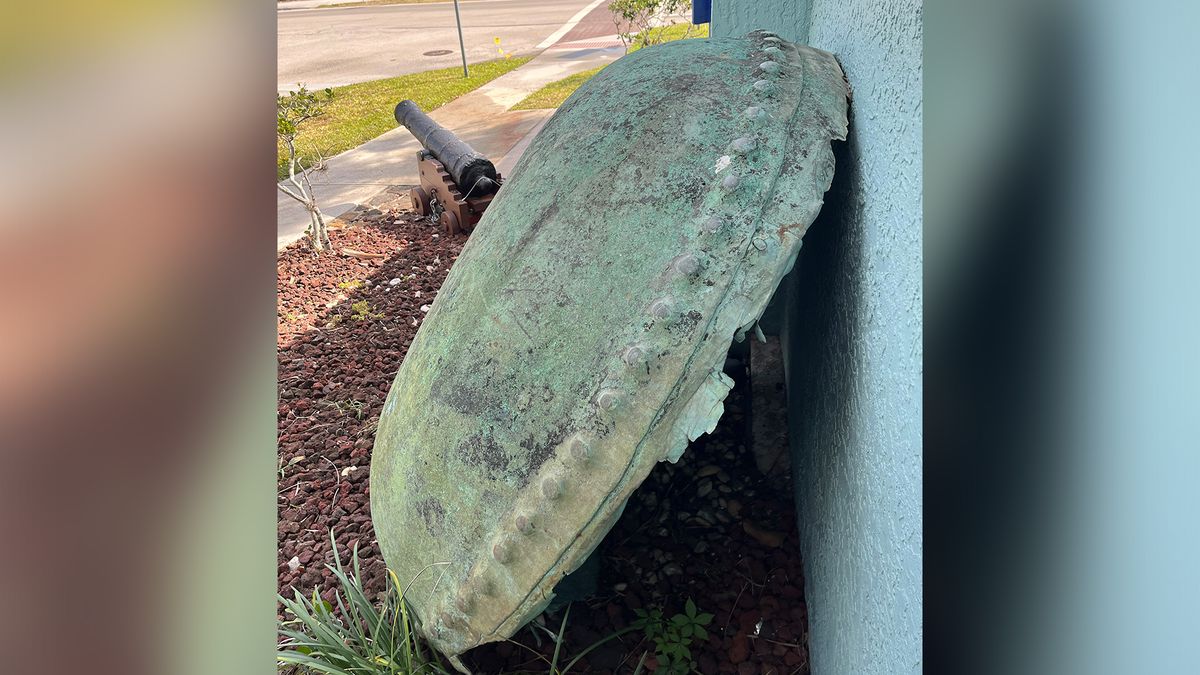This Mysterious Cauldron Is Actually the World's First Treasure Hunter "Submarine"
Follow us on Google News (click on ☆)
Discovered in 1980 near the wreck of the Santa Margarita, a Spanish galleon that sank in 1622, the dome was initially thought to be a large cooking cauldron. It has been on display since then at the Mel Fisher Museum in Florida.

Researchers believe the diving bell was based on a 1606 design by Spanish inventor Jerónimo de Ayanz, which was later used for pearl harvesting in Venezuela.
Recent research suggests that this object might be the top of a diving bell lost during a salvage operation a few years after the shipwreck. Archaelogists Sean Kingsley and Jim Sinclair detail their reasoning in the latest issue of Wreckwatch magazine.
According to Sinclair and Kingsley, the object is about 58 inches (147 centimeters) in diameter, way too large for kitchen use, and shows no signs of having been heated. It appears to have been made from two sheets of copper and features a heavy rim studded with copper rivets.

Archaeologists now believe the object was the top of a 17th-century diving bell used in an early attempt to recover treasures from the wreckage.
Credit: Mel Fisher Museum
Francisco Nuñez Melián, a Spanish treasure salvager, had described in 1625 the making of such a diving bell. Jim Sinclair believes the object is what remains of the diving bell described by Melián.